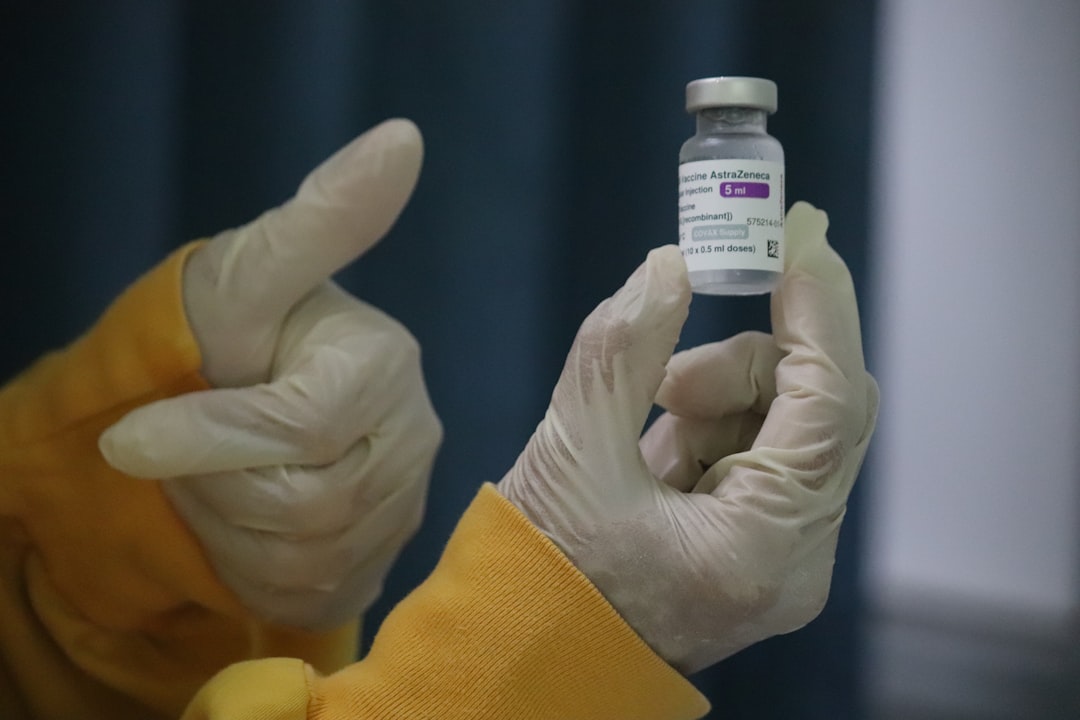What is it about?
Scenedesmus quadricauda biomass can be converted into fuels and chemicals through a process called pyrolysis. Pyrolysis is a thermochemical conversion process that involves heating biomass in the absence of oxygen to produce bio-oil, bio-char, and syngas. During pyrolysis, the biomass is heated to high temperatures, typically between 400-600°C, in a controlled environment. As the temperature increases, the biomass undergoes thermal decomposition, resulting in the release of volatile compounds and the formation of bio-oil. The bio-oil produced during pyrolysis is a dark, viscous liquid that contains a wide range of organic compounds, including hydrocarbons, phenols, and oxygenated compounds. The bio-char, which is a solid residue, is also produced during pyrolysis. Bio-char is a carbon-rich material with a high surface area and can be used as a soil amendment or as a precursor for activated carbon production. In addition to bio-oil and bio-char, pyrolysis also produces syngas, which is a mixture of carbon monoxide, hydrogen, and small amounts of other gases. Syngas can be further processed to produce various chemicals and fuels, such as hydrogen, methane, and synthetic fuels. The conversion of Scenedesmus quadricauda biomass into fuels and chemicals through pyrolysis offers several advantages. It provides a way to utilize biomass resources and reduce dependency on fossil fuels. Furthermore, the process is considered carbon-neutral since the carbon dioxide released during combustion of the bio-oil and syngas is offset by the carbon dioxide absorbed by the biomass during growth. Overall, pyrolysis of Scenedesmus quadricauda biomass holds promise for the production of renewable fuels and chemicals, contributing to a more sustainable and environmentally friendly energy sector.
Featured Image

Photo by FLY:D on Unsplash
Why is it important?
Our work on the investigation of slow pyrolysis mechanism and kinetic modeling of Scenedesmus quadricauda biomass is unique and timely because it sheds light on the bioenergy potential of microalgae through pyrolysis. Microalgae have gained attention as a promising feedstock for biofuel production due to their high growth rates, low nutrient requirements, and ability to grow in various environments. However, there is still limited understanding of the pyrolysis behavior and kinetic parameters of microalgae biomass. By studying the pyrolysis mechanism and kinetics of Scenedesmus quadricauda, we contribute to the understanding of the thermal decomposition behavior of microalgae biomass. Our research provides valuable insights into the activation energy, reaction mechanism, and thermodynamic characteristics of the pyrolysis process. This knowledge can inform the design and optimization of pyrolysis reactors for microalgae biomass conversion. The findings of our work have significant implications for the development of sustainable bioenergy solutions. Biofuels derived from microalgae have the potential to replace fossil fuels and reduce greenhouse gas emissions. By elucidating the pyrolysis behavior of Scenedesmus quadricauda, our work contributes to the advancement of microalgae-based biofuel production. The unique and timely nature of our research, along with its potential to contribute to the field of bioenergy, can help increase readership among scientists, researchers, and professionals in the fields of biomass conversion, bioenergy, and sustainable energy.
Read the Original
This page is a summary of: Investigation of slow pyrolysis mechanism and kinetic modeling of Scenedesmus quadricauda biomass, Journal of Analytical and Applied Pyrolysis, September 2021, Elsevier,
DOI: 10.1016/j.jaap.2021.105149.
You can read the full text:
Contributors
The following have contributed to this page










